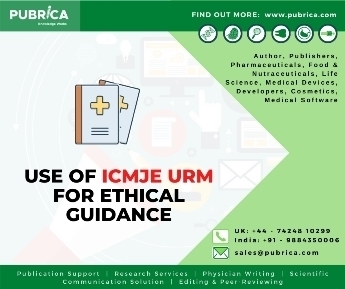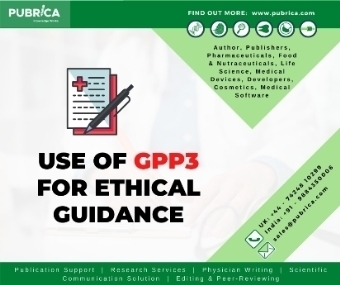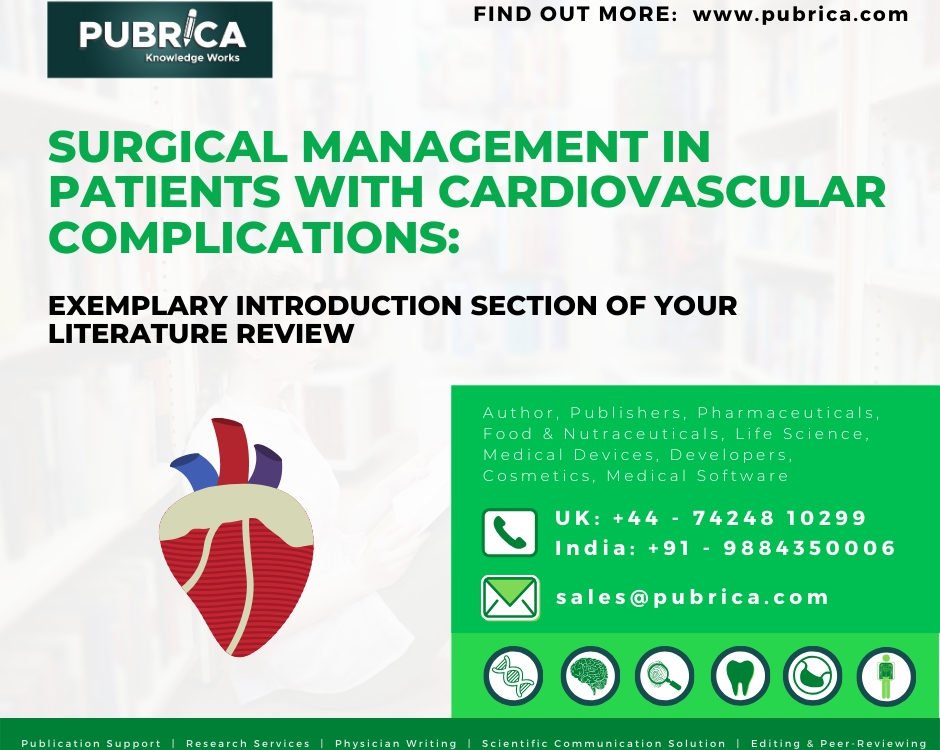
Misconduct in Research
November 3, 2018
Why Retractions Occurs
November 3, 2018Enhancing Journal Impact Factor Ethically
An issue that is most frequently discussed by editors of low-tier journals relates to the impact factor of that journal. This can be attributed to the fact that the quality of the journal is usually assessed on the basis of its impact factor and the impact factor as a metric to evaluate quality is widely used. Therefore, any journal editor who is keen to be successful would be assessed on the basis of the impact factor of their journal. Nonetheless, altering the impact factor of a journal naturally is quite time-consuming and therefore is considered to be improper to assess the success ratio of an editor prior to the conclusion of their four-year editorial task. Moreover, it is also essential to be cautious when using an impact factor to assess the quality of a whole journal.
Calculating the impact factor of a journal is carried out by dividing the quantity of citation that a journal receives during the course of a particular year on the basis of citation worthy articles that have been published in that journal over the period of the past two years. Impact factor of a journal can be calculated using the following formula:-
On the basis of calculation of impact factor any improvements that are editorial in nature would only appear in papers that are published in the succeeding year. On the assumption that an editor was engaged to a specific journal during year Y. The editor would become aware of the impact factor for that journal for that year (Y-1), mainly within the initial months of their engagement (most commonly it would be after June, the period when the impact factor of the past year is published). In case the editor alters the process of assessment, it would affect the publication during the year (Y+1) and subsequent years. As per the formula for impact factor mentioned above, any improvements that are editorial in nature would only affect the journal’s impact factor during the year (Y+3), which would be subsequently published during the year (Y+4) journal citation report.
The main objective of any good scientific journal should not be largely on acquiring a high impact factor. Though the impact factor of the journal is a significant metric to measure its quality, the primary aim of the journal should be to emerge as a journal of high quality, irrespective of their impact factor. If the scientific quality of the research articles published is augmented and there is substantial increase in its visibility, the journal is naturally bound to increase its impact factor appropriately.
There are four key techniques through which a small not-for-profit scientific journal can increase its quality. These would be through;
- Attracting high quality manuscripts
- Execute high level editorial work
- Enhance the overall visibility of the journal
- A mutual cooperation with the publisher and owner which is trustful
An editorial work that is exceptional largely hinges on an editorial board that is motivated, responsible and compatible. Significant international scientific and editor publication organizations like the World Association of Medical Editors, Council of Science Editors, International Committee of Medical Journal Editors, Committee on Publication Ethics and European Association of Science Editors have clearly outlined rules to be followed to ensure editorial work that is exceptional and accurate. It is strongly recommended that editors who are new carefully peruse the documents published by the above-said organizations; diligently adhere to rules specified therein, obtain membership to these organizations and attend their periodic workshops, meetings and courses and also take part in their discussion groups. In addition, there are courses that are conducted by prominent editors which can also be extremely beneficial.
To summarize, any editorial work that is exceptional would also comprise of providing a platform for trustful publication, offering a review process which is objective, prompt editing, offering exceptional English editing, review of statistics, undergoing professional education frequently and following main international associations of editors. These are techniques that can be effectively utilized to increase the impact factor of journals in an ethical manner.



